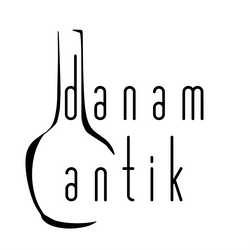Description
Royal Copenhagen / Bing og Grøndahl Henning Koppel White Sugar Bowl No. 161 / 94
Measures 9,5cm / 3.74 inch
Payment & Security
Your payment information is processed securely. We do not store credit card details nor have access to your credit card information.












